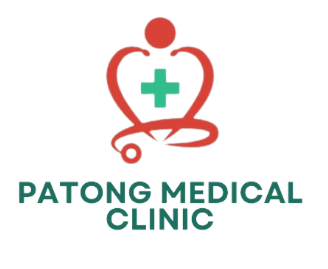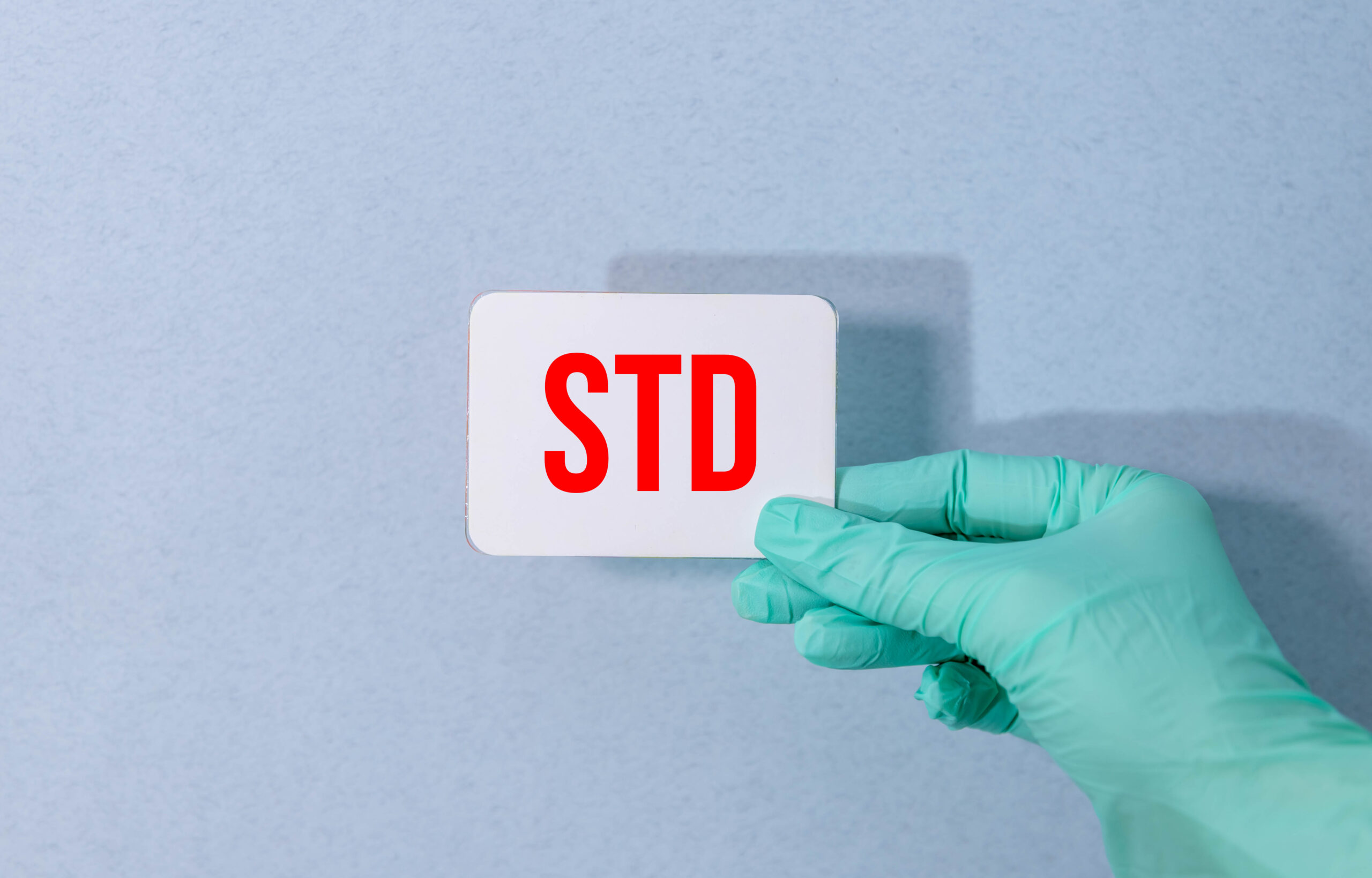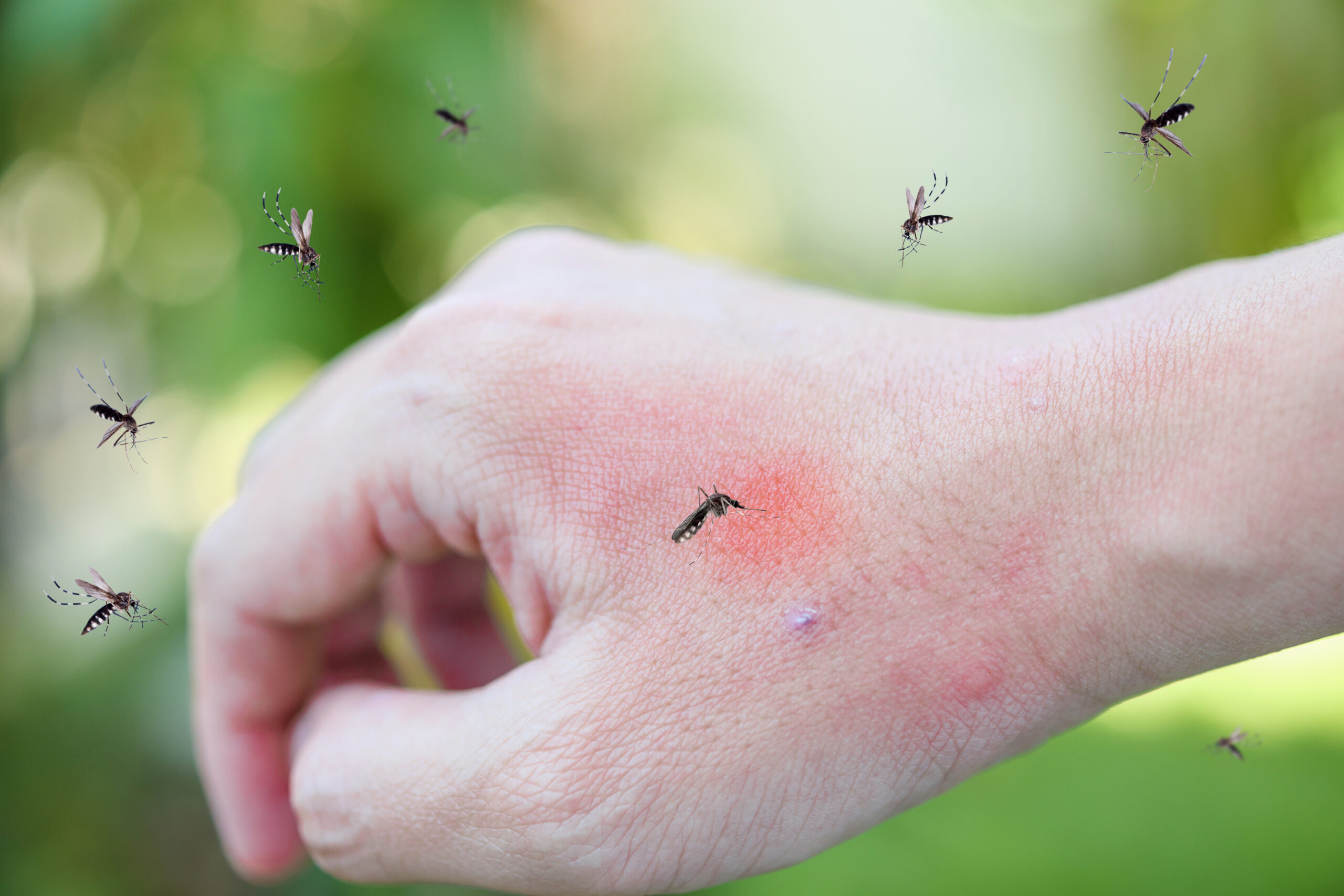Rash is an area of irritated or swollen skin, often accompanied by redness, itching, bumps, or other changes in the skin’s appearance.

Common Causes of Rashes
1. Skin Infections
- Bacterial Infections:
- Impetigo: A contagious bacterial infection that causes red sores, usually around the nose and mouth.
- Cellulitis: A deeper skin infection that leads to redness, swelling, and pain, often caused by Streptococcus or Staphylococcus bacteria.
- Folliculitis: Inflammation of hair follicles caused by bacterial infection, leading to red, pimple-like bumps.
- Viral Infections:
- Chickenpox: A highly contagious viral infection caused by the varicella-zoster virus, leading to itchy blisters and a rash that appears in stages.
- Measles: A viral infection with a rash that begins as red spots on the face and spreads to the body.
- Shingles: A reactivation of the chickenpox virus, leading to a painful, blistering rash, typically affecting one side of the body.
- Hand, Foot, and Mouth Disease: Caused by a virus, this illness results in a rash, typically on the hands, feet, and buttocks, often accompanied by sores in the mouth.
2. Allergic Reactions
- Contact Dermatitis: A rash caused by direct contact with allergens or irritants such as poison ivy, certain metals (nickel), fragrances, or harsh chemicals.
- Hives (Urticaria): Raised, red, itchy welts on the skin, often triggered by an allergic reaction to foods, medications, or environmental factors.
- Eczema (Atopic Dermatitis): A chronic condition that causes red, itchy patches of skin, often on the face, elbows, and knees. It is often associated with allergies and asthma.
3. Autoimmune Diseases
- Psoriasis: A chronic autoimmune condition that leads to red, scaly patches on the skin, particularly on the scalp, elbows, and knees.
4. Medications
- Drug Rash: Some medications can cause allergic reactions or side effects that result in a rash. Common culprits include antibiotics (e.g., penicillin), anticonvulsants, and certain pain relievers.
5. Environmental Factors
- Sunburn: Overexposure to UV rays from the sun can cause redness, pain, and peeling of the skin.
- Heat Rash (Prickly Heat): Caused by sweating in hot, humid conditions, leading to small, red bumps, usually in areas where sweat is trapped, such as under clothing.
- Chafing: Friction from clothing or skin-to-skin contact can cause irritation and red rashes, often in areas like the thighs or underarms.
Rashes are a common skin issue that can range from mild to serious. Identifying the cause of the rash is essential for appropriate treatment. If in doubt or if the rash is severe, spreading rapidly, or accompanied by other concerning symptoms, seeking medical advice is important for proper diagnosis and treatment.
Sexually Transmitted Diseases (STDs), also known as sexually transmitted infections (STIs), are infections passed from one person to another through sexual contact. These can be caused by bacteria, viruses, or parasites, and the infections can affect various parts of the body, including the genital area, mouth, and throat. Some STDs may not show symptoms immediately but can still be transmitted to others, making regular screening and safe sexual practices important for prevention.
The symptoms of STDs can vary depending on the type of infection. However, many people with STDs may not show symptoms, especially in the early stages. When symptoms do occur, they may include:
Common Symptoms of STDs:
- Unusual discharge from the penis, vagina, or anus
- Painful urination or a burning sensation when urinating
- Pain during sexual intercourse
- Sores, blisters, or warts in the genital area, anus, or mouth
- Itching, irritation, or swelling in the genital area
- Painful or swollen lymph nodes
- Rashes or unusual skin changes
- Fever and fatigue
- Pelvic pain or discomfort, especially in women (which can indicate pelvic inflammatory disease or complications from untreated STDs)
STDs are common, but with safe sexual practices, vaccination, and regular screening, they can be prevented, managed, or treated effectively. If you suspect you have an STD or are at risk, it is crucial to consult with a healthcare provider for diagnosis and treatment. By being proactive about sexual health, individuals can prevent the transmission of STDs and protect their overall well-being.



